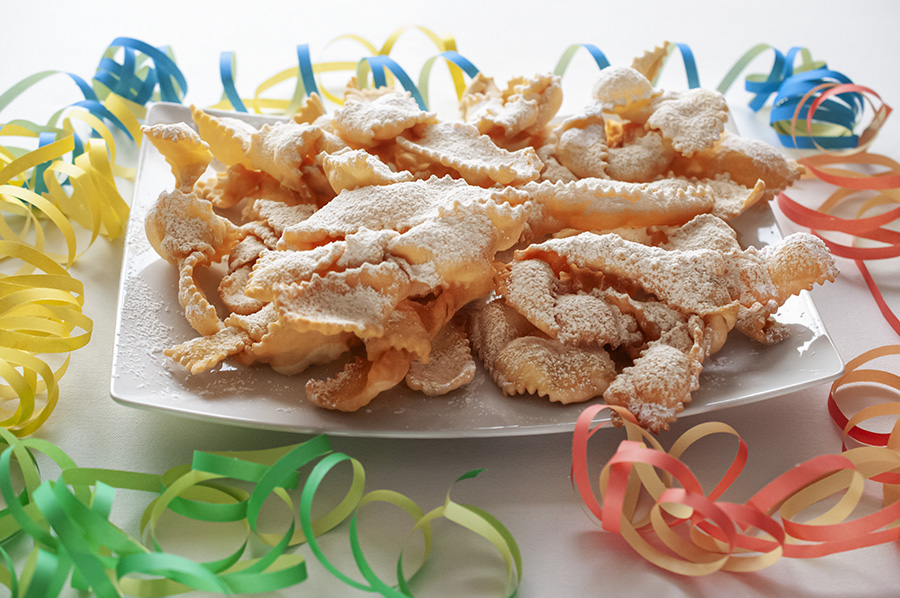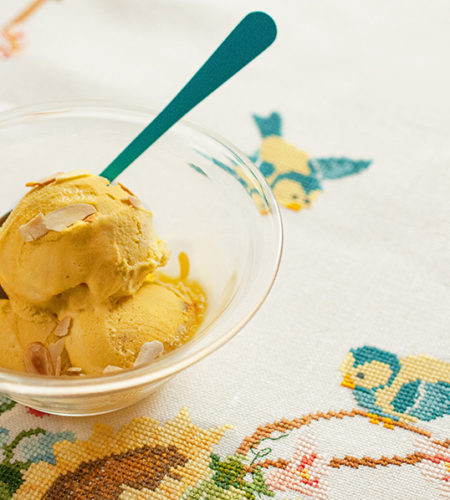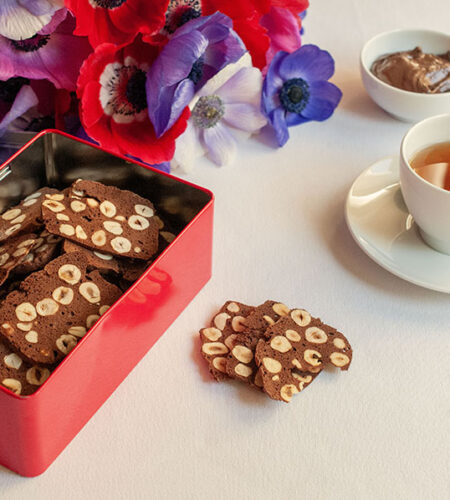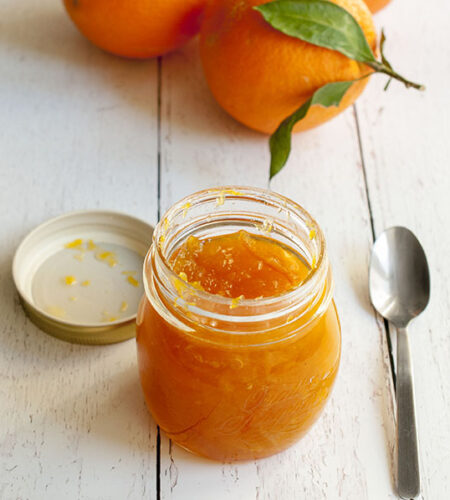This is one of the few sweets that brings together the whole of Italy. A country like ours, divided by local traditions, history, and culture, has produced local and regional recipes and peculiar traditions.
This is one of the few traditional rites in almost all regions.
This identity could not be accepted to court: at least in the name, it was necessary to stand out!
So these recipes have different names in the various locations: chatter, lies, rags, sfrappole, crostoli, bows, galani, lettuces, cioffe, risole. We in Rome call them frappe.
My grandmother Irene, being Friulian, called them crostoli and used grappa in the dough instead of the white wine we use in Roma.
Crostoli, called Frappe in Rome
- Preparation time: 60 minutes
- Ingredients for 6-8 servings
- Difficulty: Average difficulty recipe
- Ingredients
- 120 gr or4 ½ oz of flour
- 130 gr or 4 ½ oz of Manitoba flour
- 2 eggs
- 25 gr or 1 oz of sugar
- 30 g or 1 oz of butter
- 40 gr or 1 ½ oz of grappa
- pinch of salt
- Lard (or peanut oil) for frying to taste
- Icing sugar to taste
- Instructions
- Sift the flours on a work surface and form a well. In the middle, put the eggs, sugar, grappa, butter, salt, and baking soda. With a fork, begin to mix everything well and then continue to mix with your hands until a soft but not sticky dough is obtained. Leave the covered dough to rest for at least 30 minutes.
- Pull the dough with the sheeter up to a thickness of 0 3⁄64 inch. Flour the mixture well and cut it into lozenges of the desired size.
- In a capable pan, melt the lard and bring it to the temperature. Fry a few crostoli at a time, turning them at least a couple of times in order to make them reach a golden-brown color and make them have the typical bubbles on the surface.
- Drain them on paper towels.
- As soon as they are cold, sprinkle them with icing sugar.
Tips to ensure the success of the dish:
- The shape that grandma gave to the crostoli was like a knot, as in the photo. Of course, you can choose another type of design.
- When draining on paper towels, do not stack them on top of each other to prevent them from remaining greasy and above all to prevent them from losing their crunchiness.
- Never cover the crostoli when they are still hot.
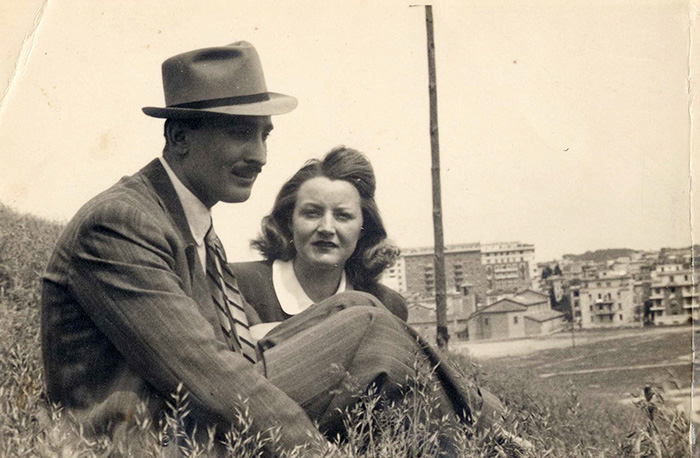 Granny Irene with Grandfather Aldo
Granny Irene with Grandfather Aldo

